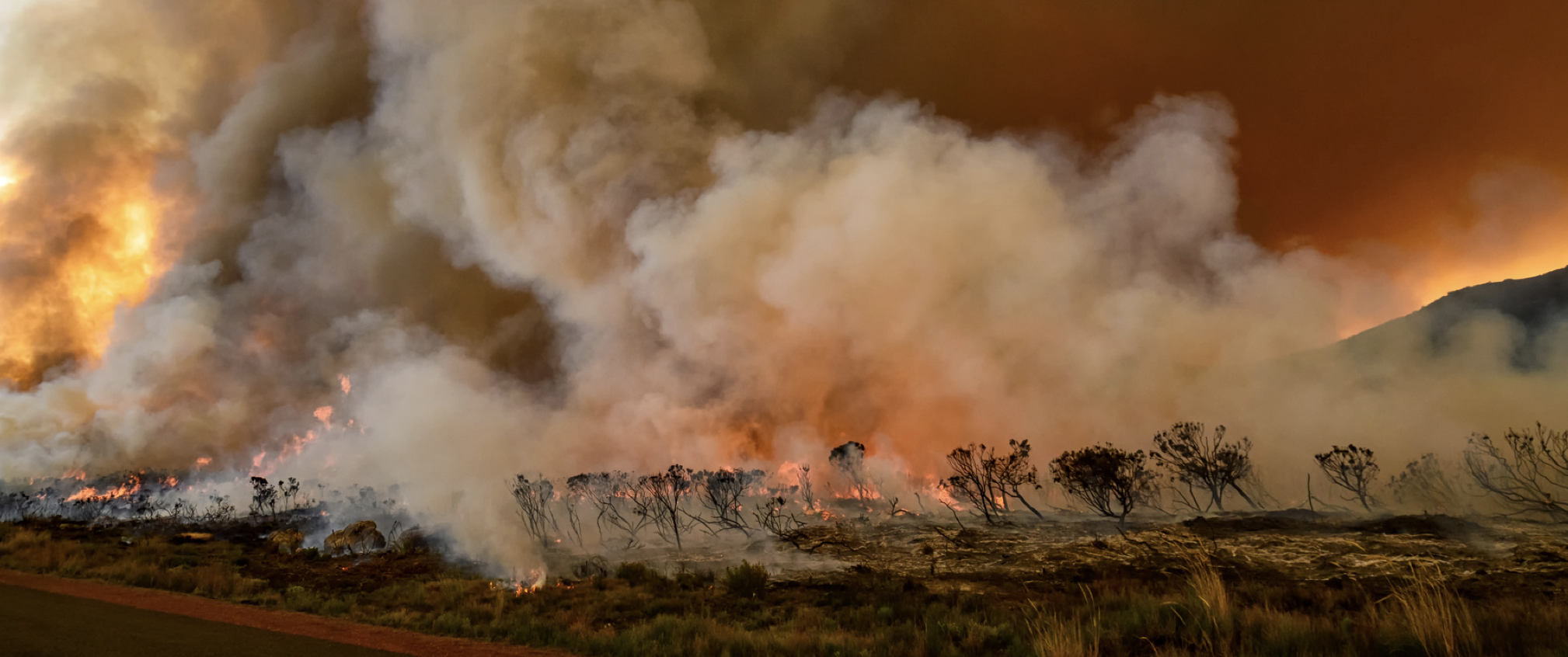In 2019, World Health Organization (WHO) has considered air pollution as “the greatest environmental risk to health”. Not being aware of this is even greater risk. This blog post shines light on urban sources of air pollution and most common pollutants.

Urbanization and rapid industrialization have benefited mankind and made the life of humans easier and comfortable. However, both urbanization and industrialization also pose harm to mankind, the top of which is air pollution. Urban air pollution refers to the air pollution in and around cities. Denser populations experience more urban air pollution.
Air pollution affects human health as well as the climate of an area. According to World Health Organization (WHO) 4.2 million deaths every year occur as a result of exposure to ambient (outdoor) air pollution. Although there are some natural sources of urban air pollution, most of the sources are anthropogenic and largely depend on the activities of people.
Natural sources of urban air pollution include volcanic eruptions, thunders, dust from the earth’s surface and naturally occurring particulate matter. Nevertheless, major factors that contribute to urban air pollution are anthropogenic activities, including transportation, domestic use of fossil fuels, industrialization, power generation, combustion and agriculture and beauty products.
Urban Air Pollution Sources
Transportation
The use of private vehicles (particularly older, diesel models) is the major source of urban air pollution. The US Environmental Protection Agency estimates that about 75% of VOC emissions (by weight) come from transportation. About one-quarter of particulate matter in the air is due to vehicles.
Domestic use of fossil fuels
Half of the world population still relies on solid fuels for cooking and heating. These fuels, including wood, charcoal and coal, are burned in inefficient stoves that release large quantities of health-damaging particulate matter and climate warming pollutants into the nearby environment. In addition, it is estimated that 1.2 billion people light their home with kerosene lamps additionally contributing to air pollution and increasing risk of respiratory and cardiovascular diseases.
Industrialization
Industrialization is also a major contributor to urban air pollution as the area having industries particularly show poor air quality. Factories release many toxic gases due to the burning of fossil fuels and the use of chemicals. These gases react with each other and with other atmospheric constituents. It is estimated that around 80 different toxins can be found in the air emitted by factories, from asbestos and dioxin to lead and chromium.
Power generation
With increased population, there is an increased energy demand. To fulfill that demand, fossil fuels are tremendously being used to generate energy as they are cheap and readily. The coal powered power plants are a major source of urban air pollution.
Combustion and agriculture
Combustion of material is an activity that releases toxic gases in the atmosphere and contributes to urban air pollution. Combustion releases CO₂ and incomplete combustion releases CO. Both of these gases lead to urban air pollution. Agriculture activities also release other gases in the atmosphere such as NO₂ and Methane (CH₄).
Beauty Products
A recent study suggests that the use of beauty products also contributes to urban air pollution. Most of the cosmetics and perfumes contain VOCs, which are released during their use and contribute to urban air pollution. With more population, the use of these beauty products is increasing and so the pollution.
Air Pollutants
The quality of urban air is indicated by the quantity of certain pollutants in the air, like Ozone (O₃), Particulate Matter (PM₁₀, PM₂.₅), Sulfur Oxides (SOₓ), Nitrogen Oxides (NOₓ), Carbon monoxide (CO) and Volatile Organic Compounds (VOCs).
Ozone (O₃)
Ground level ozone, a pollutant harmful for human health, is not directly emitted to the atmosphere, but rather formed as a result of chemical reaction between nitrogen oxides (NOₓ) and volatile organic compounds (VOCs) under the stimulation from sunlight. In other words, pollutants emitted by cars, power plants and burning of materials interact with sunlight to create ozone. Ozone forms smog and makes air difficult to breathe.
Particulate matter (PM10, PM2.5)
PM₁₀ are fine particles having an aerodynamic diameter smaller than 10 µm, and PM₂.₅ are fine particles having an aerodynamic diameter smaller than 2.5 µm. When inhaled PM particles penetrate deep into lungs and enter the bloodstream. The concentration of PM₁₀ and PM₂.₅ is a metric most often used to indicate the quality of air in urban environments. North America, Western Europe, Turkey and the Republic of Korea are the countries where PM formation as a result of anthropogenic activities is most considerate. PM is associated with major health effects like respiratory diseases, cardiovascular functions and lung cancer.
Sulfur oxides (SOₓ)
Sulfur oxides are colorless gases found in the lower atmosphere. Depending on the concentration these gases can be detected by smell and taste. The main source of these pollutants is burning of fossil fuels that contain sulfur. In particular, the thermal power plants that burn coal with high sulfur content, are known to be the main sources of anthropogenic sulfur dioxide emissions worldwide. Emissions from domestic coal burning and from vehicles can also contribute to high local ambient concentrations of sulfur dioxide. Sulfur oxides also react with rainwater to produce sulfuric acid (acid rain).
Nitrogen oxides (NOₓ)
Nitrogen is found as a compound in fossil fuel and nitrogen oxides are a result of combustion processes of fuels. Nitrogen oxides have a deteriorating impact on the respiratory system and cause inflammation of the airways at high levels. Long term exposure, on the other hand, can decrease lung function and increases the response to allergens. NOₓ are the majority of the anthropogenic emissions in Europe. These compounds are mostly emitted by power stations, vehicles, and industrial and domestic combustion processes. In the cities the road transport is the major cause. In addition, NOₓ contributes to the formation of PM and ground level ozone.
Carbon monoxide (CO)
Carbon monoxide is a highly toxic, colorless, odorless and tasteless air pollutant. CO is produced in the incomplete combustion of fossil fuels such as gasoline, natural gas, oil, coal, and wood. The largest anthropogenic source of CO are vehicle emissions.
Volatile Organic Compounds (VOCs)
VOCs are the compounds that have low boiling point and can evaporate at room temperatures. These compounds are harmful to human health. Sources of VOCs include paints, varnishes, waxes, oil-dissolving solvents, cleansers, fuels, disinfecting, cosmetics and glues. They can be also produced from smoking and burning of fuel. VOCs additionally contribute to the formation of ozone.









